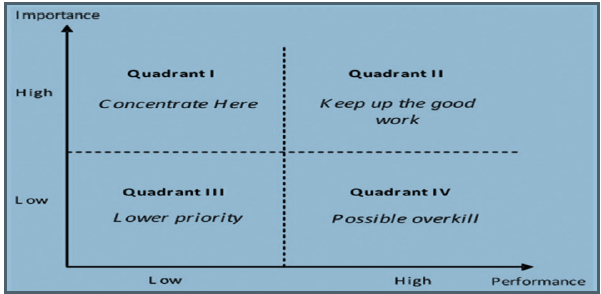
Downloads
An Analysis of User Perceptions Towards Public Parking Management in Kampala City
Authors
Abstract
The parking problems in Kampala City have become more pronounced due to the increasing vehicle numbers resulting from a growth in population and income levels. Understanding public perceptions and the various stakeholders’ parking needs and preferences is fundamental for identification of priority areas for improvement. This paper assessed the user perceptions of public parking management and the parking needs and preferences for various stakeholders in Kampala City. The study was evaluative and employed a cross sectional research design with a range of data diverse triangulation quantitative and qualitative techniques. From 328 questionnaires, participants were asked to assess fifteen (15) public parking management attributes from a point of view of their satisfaction. Also, a public parking stakeholder analysis was done and the level of influence by each stakeholder category in regards to parking management in the city and their parking needs and preferences were established. The study results revealed- that the customer satisfaction Index (CSI) of parkers was 52.4% indicating a relatively lower satisfaction level of the parking management in Kampala. From the fifteen public parking management attributes, four (4) of them to include affordability of parking, availability of parking spaces, accessibility to parking spaces and as well Safety and security were accorded the greatest importance. While thirteen (13) public parking stakeholders in Kampala City that included Ministry of Works and Transport (MoWT), Kampala Capital City Authority (KCCA), Multiplex Limited, Private Parking suppliers, public transport operators, Business Community, Commuters, Private Car Drivers, Logistics Vehicles, Traffic Police, Residents, shoppers and tourists and the academia were identified. The study recommends prioritization of those factors that parkers deem very important by the relevant authorities, stakeholder involvement in parking planning and management, establishment of an efficient enforcement and control mechanism, having a public parking vision with clear goals and objectives and as well the use of technology to enhance efficiency for both parkers and parking suppliers.
Article Details
Published
Issue
Section
License

This work is licensed under a Creative Commons Attribution-NonCommercial-ShareAlike 4.0 International License.

